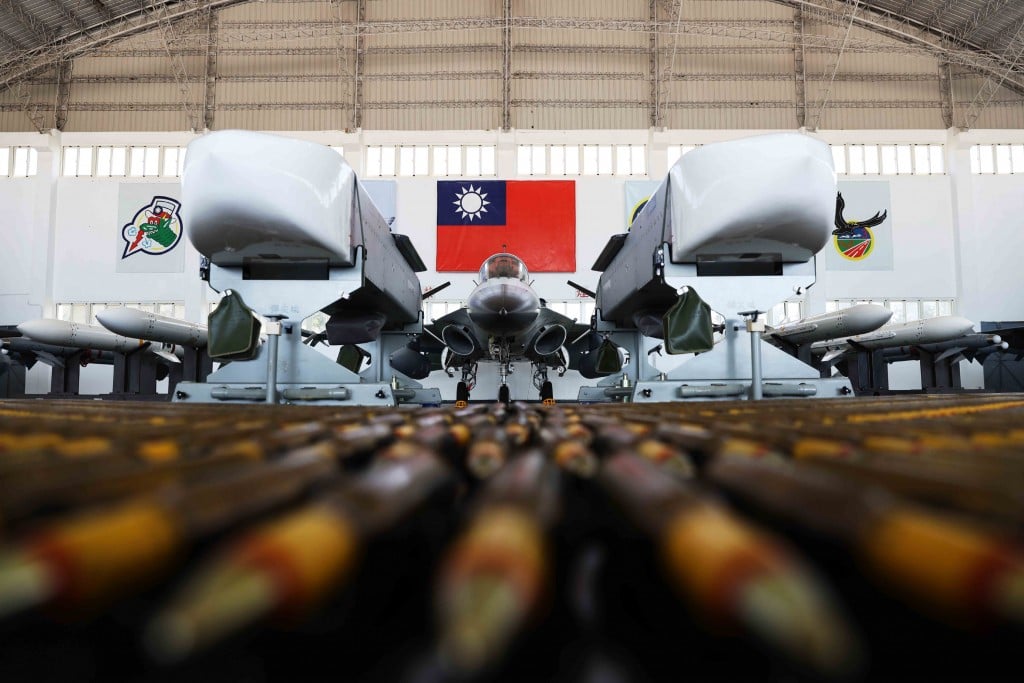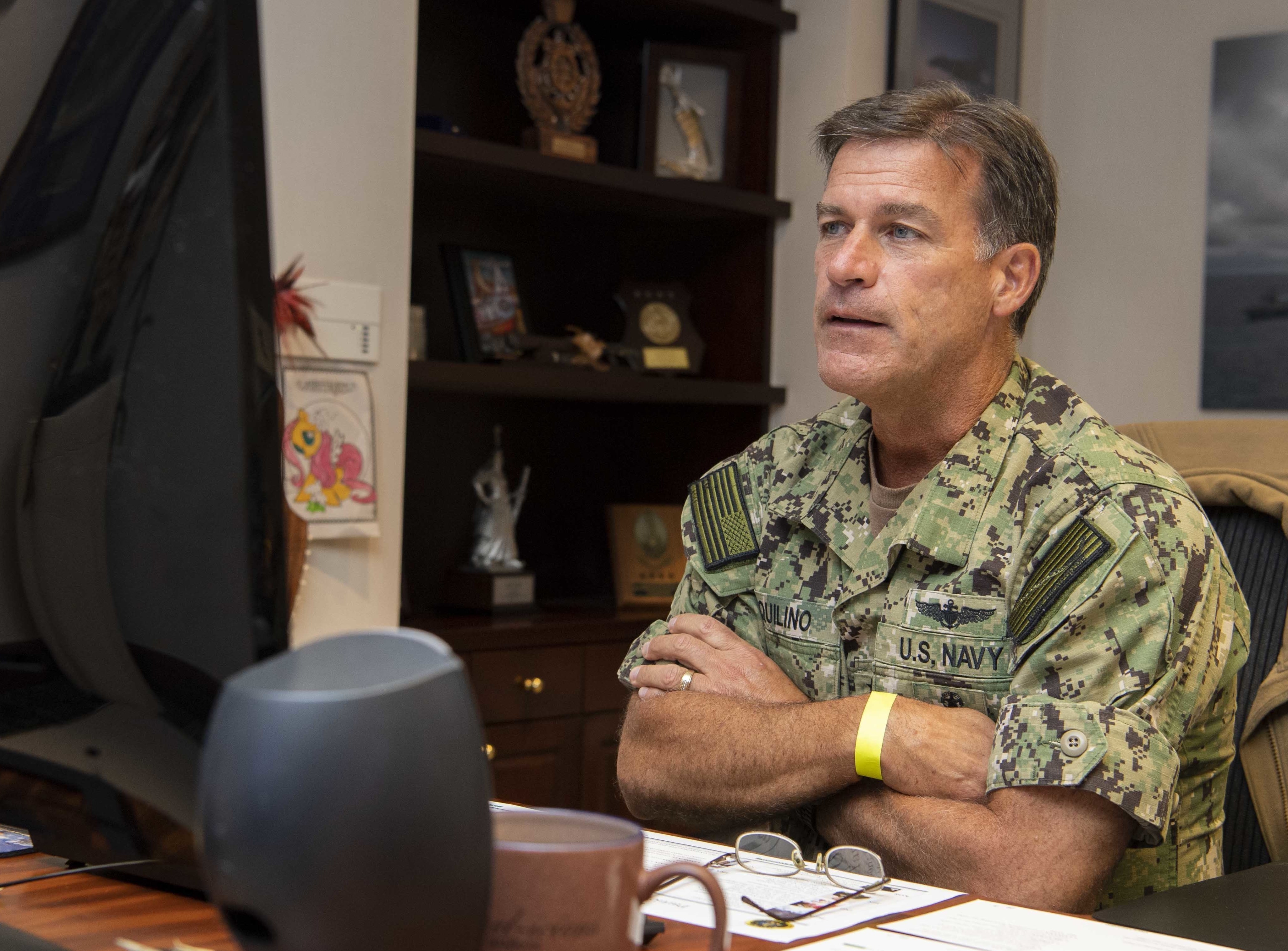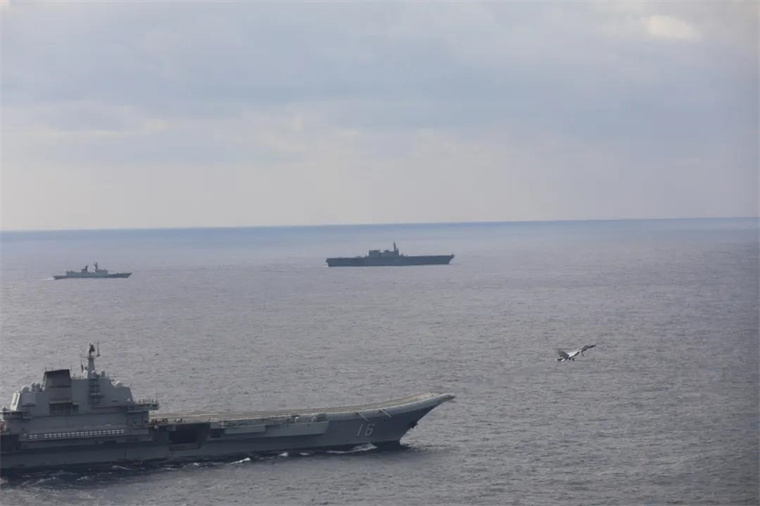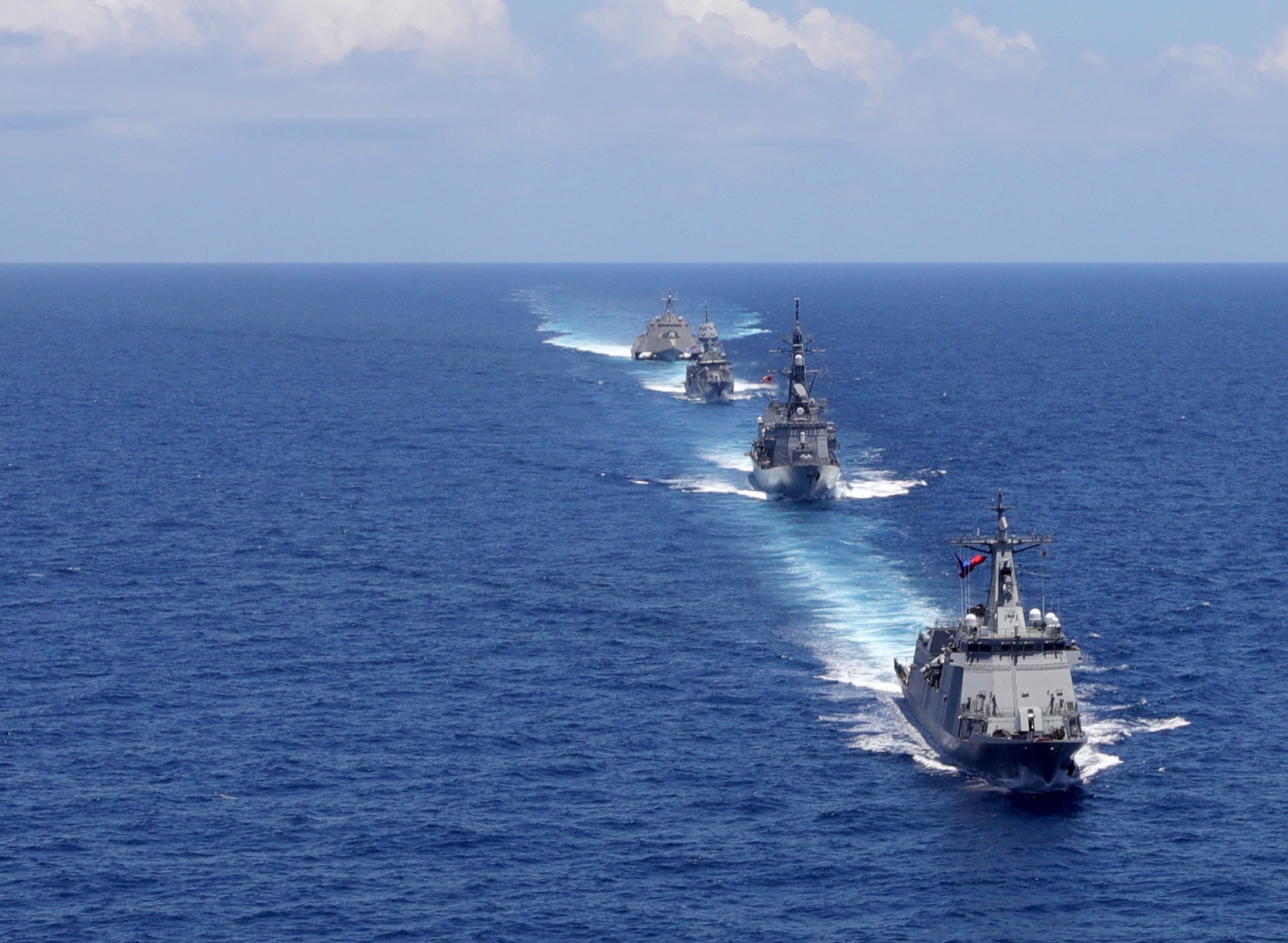
The Pentagon’s senior civilian for the Indo-Pacific testified Wednesday that the United States’ response to the Chinese aggressively moving to take over Taiwan would be different from Washington’s reaction to the Russian invasion of Ukraine.
Ely Ratner, assistant secretary for Indo-Pacific security affairs, said when China is the “pacing competitor” in the region, “Taiwan is the pacing scenario.” Without going into details in an open hearing, he pointed to a number of security agreements between Taipei and Washington that differ from arrangements between the United States, NATO and Ukraine.
Adm. John Aquilino, commander of U.S. Indo-Pacific Command, termed the Russian invasion “a real wake-up call.” He added the United States and its allies and partners “have to look at it and say this can happen here.”
“U.S. policies [toward Taiwan] have not changed,” Ratner said.
Among those policies is assisting Taipei in “developing its own capabilities” to defend itself and sale of arms from advanced aircraft to enhance maritime security. Ratner also noted that United States helping to bring together the NATO and European Union’s response to the Russian invasion and willingness to impose severe economic sanctions on Moscow should be additional signals to China of what might happen if Beijing pursued a similar course.

In his opening statement, Aquilino said China is running “a dedicated campaign … to uproot the rules-based order” that has existed in the Indo-Pacific since the end of World War II.
China is not just an immediate threat with its expressed ambitions to bring Taiwan under its control, but is continuing the “largest military build-up since World War II … across all domains,” Aquilino said. Its fleet is projected to number 460 surface warships and submarines by the end of the decade.

To deter Chinese or Russian aggression in the Indo-Pacific, he told the committee that the command participated in 120 military exercises in the past year despite the limitations imposed by the COVID-19 pandemic. “You don’t surge trust” when a crisis arises.
Aquilino said allied and partner military leaders recognize the need to increase the complexity of the exercises to meet the changing threats posed by Chinese modernization, like its development of the fifth generation J-20 fighter. The example he used for complexity was the operations in the Indo-Pacific were the United Kingdom’s aircraft carrier Queen Elizabeth II, with American carriers USS Ronald Reagan (CVN-76) and USS Carl Vinson (CVN-60) and the Japanese large deck warship Ise operating with F-35 Lightning II Strike Fighters and accompanied by 17 warships from six nations.
He called it “a pretty good example of deterrence.” It also showed to regional allies, like Japan, the importance other American allies, like the United Kingdom, the Netherland, Canada and others, place on the Indo-Pacific.
Aquilino added later in answer to another question that the exercise showed “how critical to operations in contested space” the F-35 can be.
On hypersonic weapons, Aquilino said his “real concern is the speed and pace they are showing up” in the Chinese arsenal and the threat they pose to the American homeland and Guam in particular.
He reminded the panel that defense of the island, home to large naval support facilities and a major Air Force base in the Indo-Pacific, remained his no. 1 unfunded priority.
As Congress was voting on whether to proceed with appropriating funds to buy 10 used cargo vessels to start revitalizing the nation’s sealift capability, Aquilino said an “aye” vote was especially important as the need for tankers for afloat fuel storage has increased. He was referring to Monday’s announcement that the Red Hill Bulk Fuel Storage facility is to be closed permanently within a year.
“We will go as fast as safety allows” in shutting down the facility following discovery of petroleum leakages had contaminated water flowing into military housing facilities and threatening Honolulu’s water system.
The Navy is looking for new facilities ashore and afloat to handle the petroleum bulk storage requirements for all services’ operations in the Indo-Pacific.
“We want to make sure we put [the ashore storage facilities] in the right place.”





